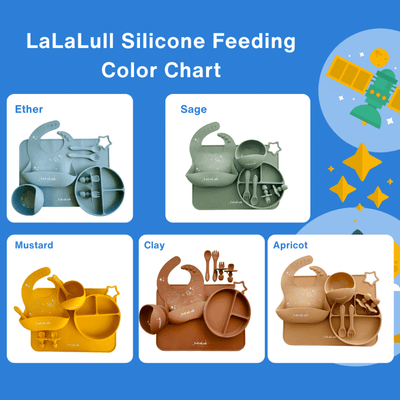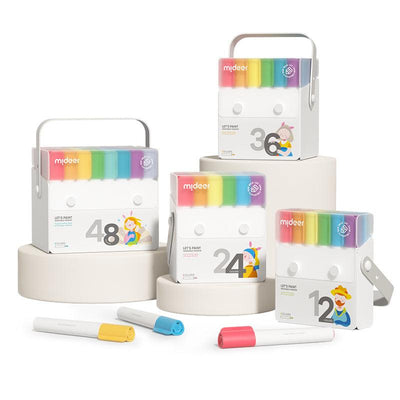Introduction
Tummy time is essential for your baby's development. This guide explores the benefits of tummy time, how to safely implement it, and tips to make it an enjoyable experience.
What is Tummy Time?
Tummy time involves placing your baby on their stomach while they are awake and supervised. This practice is crucial for their physical development.
Benefits of Tummy Time
Tummy time provides numerous benefits, including:
- Strengthening Muscles: Helps develop neck, shoulder, and arm muscles, facilitating milestones like sitting up, crawling, and walking.
- Enhancing Motor Skills: Improves muscle control and coordination necessary for various movements.
- Preventing Flat Spots: Reduces the risk of positional plagiocephaly (flat head syndrome).
When to Start Tummy Time?
-
Newborns: Most babies can start tummy time sessions a day or two after they are born. Babies benefit from having two or three short (3- to 5-minute) tummy time sessions each day.
-
Increasing Duration: Gradually increase tummy time as your baby grows, aiming for 15-30 minutes per day by 2 months old.
How to Do Tummy Time Safely?
- Supervision: Always supervise your baby during tummy time.
- Comfortable Surface: Use a soft, flat surface such as a blanket or play mat.
- Short Sessions: Start with 3-5 minute sessions, gradually extending the time.
- Clear Area: Ensure the area is free from hazards.
Best Practices for Belly Time
-
Use Props: Place a rolled towel or a tummy time pillow under your baby’s chest for support.

- Engage with Toys: Use toys or a mirror to capture your baby's attention.
- Get Down on Their Level: Lay on the floor face-to-face with your baby.
- After Diaper Changes: Incorporate tummy time after diaper changes.
- Consistency: Make tummy time part of your daily routine.
Overcoming Common Challenges
- Fussiness: Try tummy time when your baby is alert and content.
- Reflux: Wait at least 30 minutes after feeding before tummy time.
- Limited Tolerance: Start with very short sessions and gradually increase the duration.
Fun Activities to Enhance Belly Time
- Tummy Time Songs: Sing songs or play music to make tummy time enjoyable.
- Visual Stimulation: Use high-contrast toys or picture books.
- Involve Family: Get siblings involved in tummy time play.
Preventing Flat Spots on the Baby's Head
In addition to tummy time, other practices to prevent flat spots include:
- Cuddle Time: Hold your baby upright when they are awake.
- Limit Time in Car Seats and Swings: Reduce time spent in devices that place pressure on the baby's head.
- Alternate Crib Directions: Change the direction your baby lies in the crib weekly.
- Move the Crib: Change the crib's location in the room to encourage the baby to look around.
Conclusion
Tummy time is a vital activity that promotes your baby’s physical and sensory development. By understanding its benefits, starting early, and following best practices, you can help your baby build strength and reach important developmental milestones. Make tummy time a fun and regular part of your routine for the best results.

Shop Tummy Time Toys and Mat from Our Tummy Time Collection.
References:
- Moon, R. Y., & American Academy of Pediatrics Task Force on Sudden Infant Death Syndrome. (2016). SIDS and other sleep-related infant deaths: Evidence base for 2016 updated recommendations for a safe infant sleeping environment. Pediatrics, 138(5), e20162940. Retrieved from PubMed
- American Academy of Pediatrics. (2017). Back to sleep, tummy to play. Retrieved from Healthy Children
For more information, visit the original article on Safe to Sleep®.











